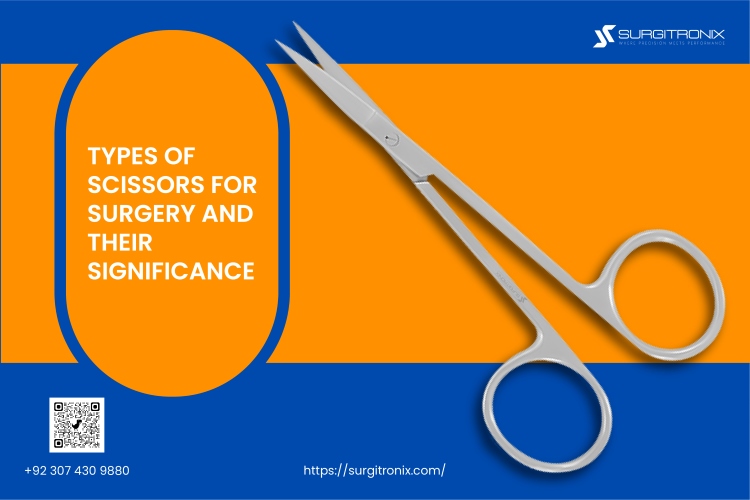Hidayatul Haq
He is a seasoned SEO professional with three years of experience, currently leading the SEO team at Surgitronox. As a top-rated freelancer on Upwork and Fiverr, he has successfully completed numerous projects, consistently delivering exceptional results.

